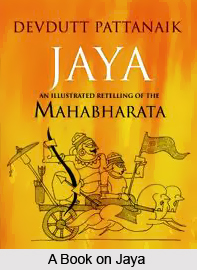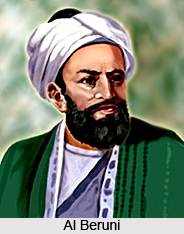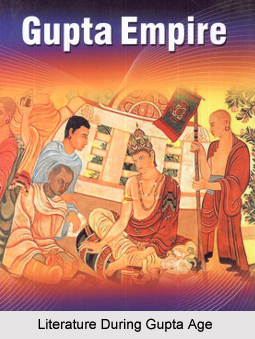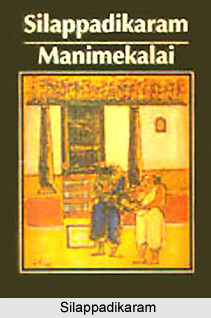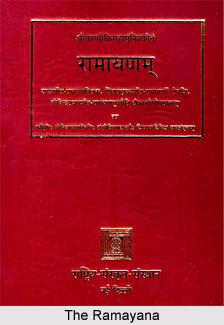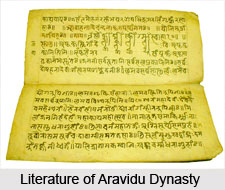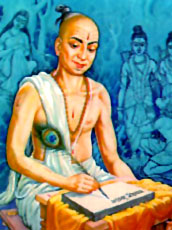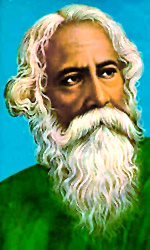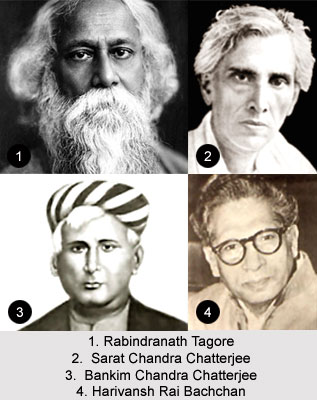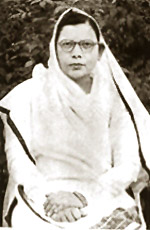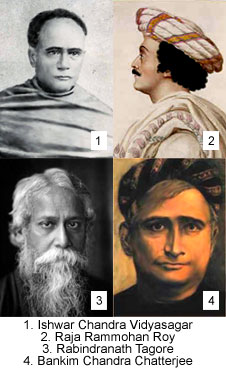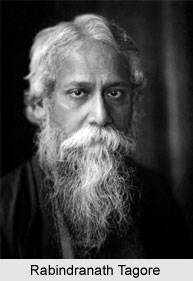The dominant note of Jain literature in Rajasthan is religious. Jainism as a religion was divided into two sects namely the Digambaras and the Swetambaras. As a result two different forms of literature developed within the realm of Jain literature. Among the Swetambars, literature of the writers of different `gacchas`, the Terapanth sect and Jatis, is mostly in Rajasthani. They were more popular and held their sway in the Western, the Southern and the Northern regions of Rajasthan and Gujarat. The Digambara Sect prevailed in the Eastern, the Southern and the South-Eastern regions of Rajasthan. The works of Digambar Jain writers are mainly in Hindi.
Jain Sadhus from Rajasthan and Gujarat frequently visited each other`s regions, thus creating a cultural, linguistic and ideological uniformity in both the regions which lasted for a long time. The Rajasthani Jain literature has inherited practically all the characteristics of Apabhramsa Jain literature. Jain literary works of Rajasthan was composed as temple music. A flow of language and elegance is noticed in the Jain literary works. There are realistic descriptions of warfare and diplomacy and psychological analysis. Ingenuity of expression is also noticeable. The style of Ras was followed in many subsequent works of literature.
Another important trend of Rajasthani Jain poetry was a narrative and lucid style. The poems also had an allegorical style attached to it. In many of the poems different instincts have been presented as various human characters, and ultimately the good ones have victory over the vicious ones. One such example was the Pravandh where the Soul Sovereign (Atman) trapped by a young beautiful woman Illusion (Maya) was made a prisoner in the body-city (Kayanagari). His minister, Mind (Man) became all-powerful. He married two women, Attachment (Pravrtti) and Liberation (Nivrtti) and had two sons, Delusion (Moh) and Wisdom (Vivek) from them respectively. Delusion captured the city but his step-brother Wisdom, with the help of his two wives, Restraint (Sanyamsri) and Good Sense (Sumati), defeated him and rethroned the Soul-Sovereign. The poem is interspersed with prose.
A few Rajstahni Jain poems have discussed in detail some of the notable events from the life of a person of historical importance. One such example was Jin Padma Suri`s Thulibhadda Phag, composed in 1333, is based on a critical incident in Sthulibhadra`s life. Sthulibhadra was the son of a Brahmin minister Saktar (or Sakdal) of King Nand, the ninth king of Magadh. The poem has talked about human passions and its control by man himself. In the poem Sthulibhadra fell in love with a beautiful courtesan Kosya and spent 12 years with her in enjoyment. In the meantime, due to court intrigues, his innocent father lost his life and the son could not meet the dying father. He pondered over the fickleness of life and worldly glory and decided to renounce the world. He took initiation from Acarya Sambhutivijay. To test his self-restraint, he spent a `caturmas` at the house of Kosya. There she tried all possible ways to allure him but could not succeed. He had subdued all his passions. Soon she also followed his way.
Some of the poems in Rajasthani Literature have elements of the Jain metaphysics, religion, prudence and teachings. The Jain poets have used many poetic forms and motifs. A few Rajasthani Jain poems were known by the name `Phagu`. The poems are called `Phagu` because of its picturesque contents which relate to the month of `Phagun` but it describes the rainy season and not the spring as is usual with such poems. Its diction is full of alliteration. In the background of rainy season the description of amorous dalliance of Kosaya is very natural and charming. As in other poems, it ends with the hero renouncing the world.
Some of the well known Rajsthani poems of Jain writers of the early period are Bharateswar Bahubali Ghor by Vajrasen Suri, Buddhiras by Salibhadra, Asig composed Jivdaya Ras, Jambuswami Cariy composed by Dharma, Abu Ras, Santinath Dev Ras, Virat Parva and a lot more.
Hence it can be concluded saying Jain poetry in Rajasthani literature bears a religious note and mostly is concerned with religio-historical events.
